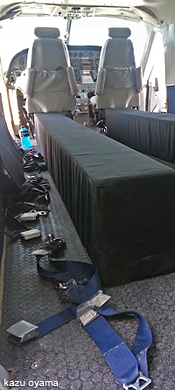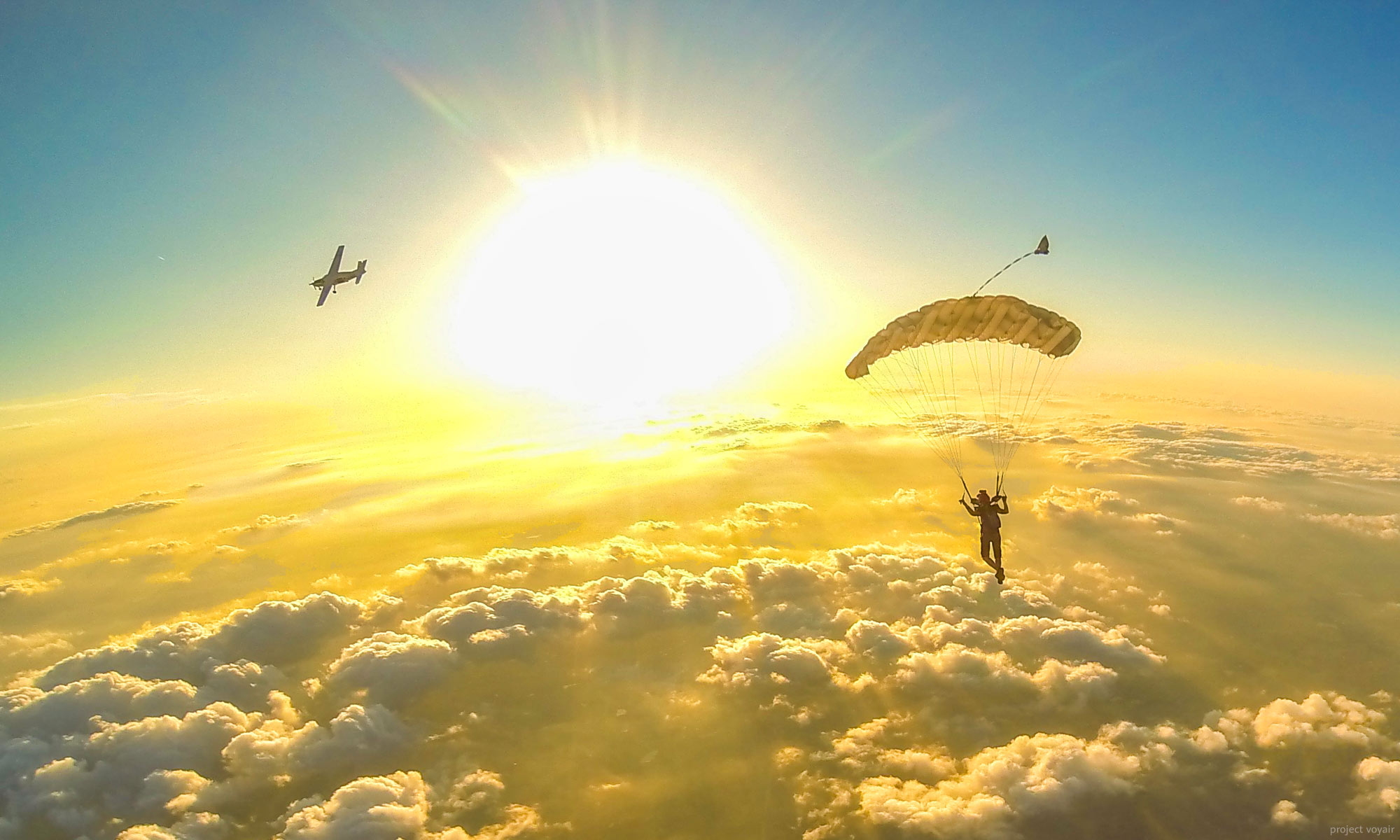 I once had an instructor who refused to wear a seat belt in a car. He had managed to defy all odds in two separate car accidents by not wearing seat belts; both accidents threw him out of a car that would have crushed him had he remained inside.
I once had an instructor who refused to wear a seat belt in a car. He had managed to defy all odds in two separate car accidents by not wearing seat belts; both accidents threw him out of a car that would have crushed him had he remained inside.
Unlike with cars, however, the last thing you want to occur in the (thankfully extremely unlikely) event that you are in a plane during an emergency landing or crash is to be tossed out of the aircraft or about the cabin. You are much better off (and so are your fellow jumpers) if you are fully restrained by your seat belt and skydiving rig harness. Seat belts are our first line of defense–they keep the cargo (jumpers) in place, maintaining balance in the aircraft.
Sometimes we will see a jumper, often a visiting one, refuse to wear a seat belt in one of our jump aircraft. The jumper may not put on the seat belt at all, or may loop the belt loosely around an arm or leg. One comment I’ve heard is, “Yeah, this is just easier.”
“Yeah, it’s easier for you to slam into me or the pilot if the plane goes down. Put it on.” The last thing we need in a crash is to have the impact of the crash, and then our friends landing on top of us.
Seat belts need to be buckled around your waist (with benches) or through a part of your harness away from your handles (i.e., leg strap) before takeoff. No exceptions. Then remove them at 1500 feet so you can exit the aircraft in case of an emergency that occurs high enough for you to safely jump from the plane. Helmets also need to be secured on your head or secured by your chest strap or seat belt for takeoff; otherwise they become projectiles in a crash.
As always, if you have any questions about why or how to do anything regarding skydiving or our operations at Spaceland, feel free to ask any of our instructors or pilots.
Blue Skies!

